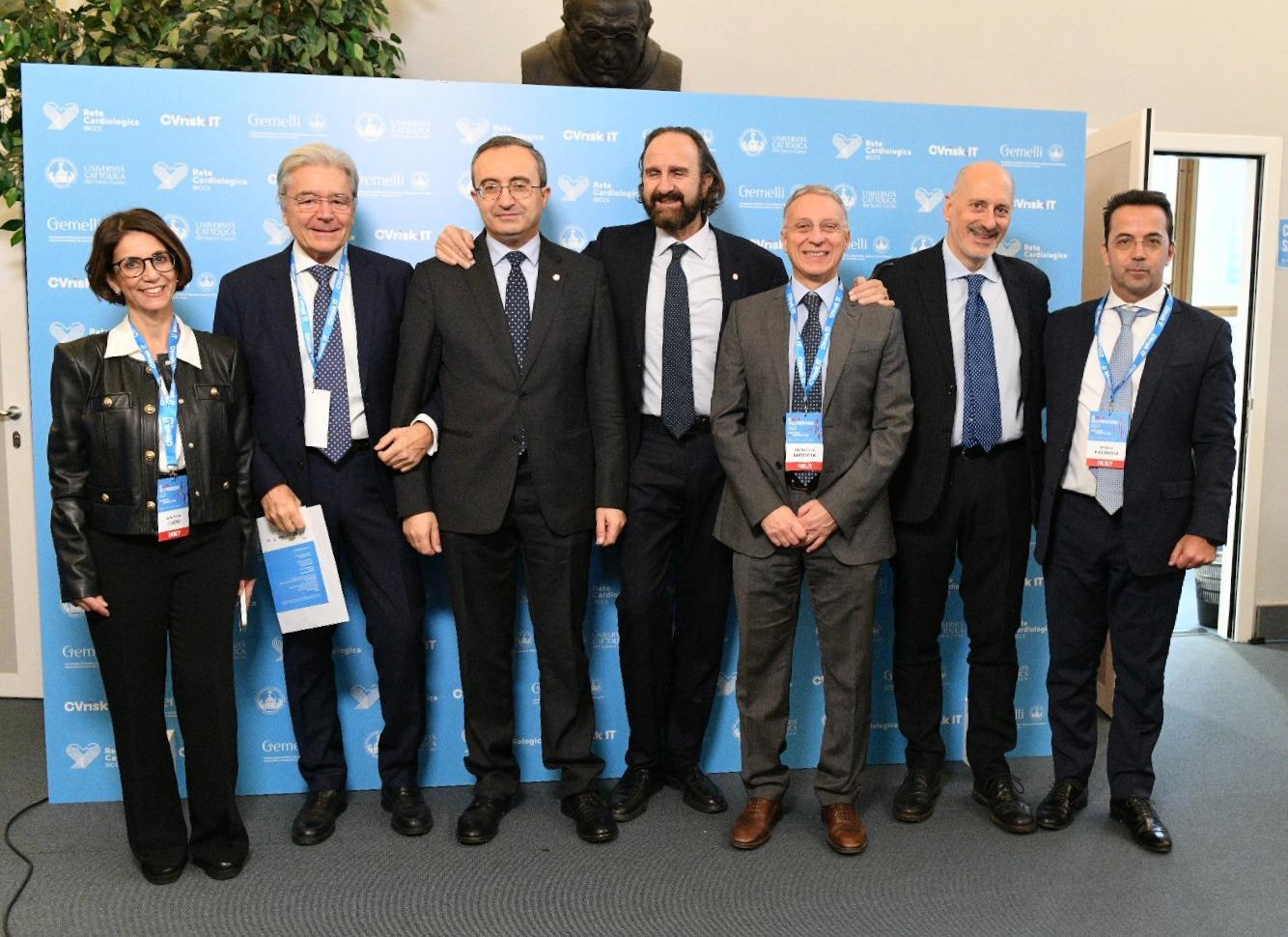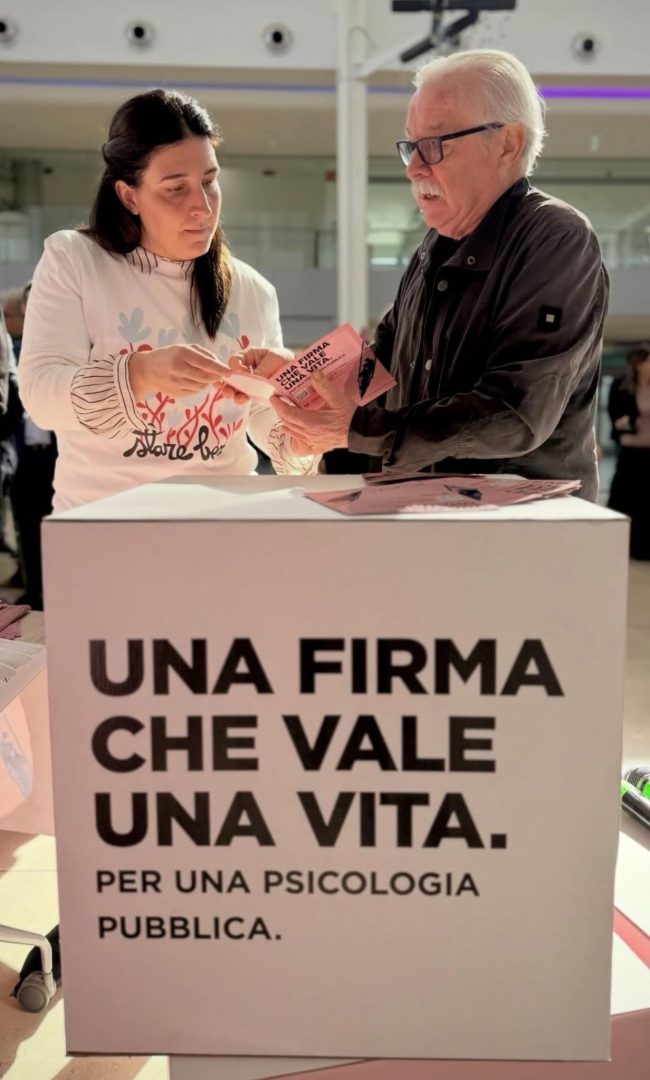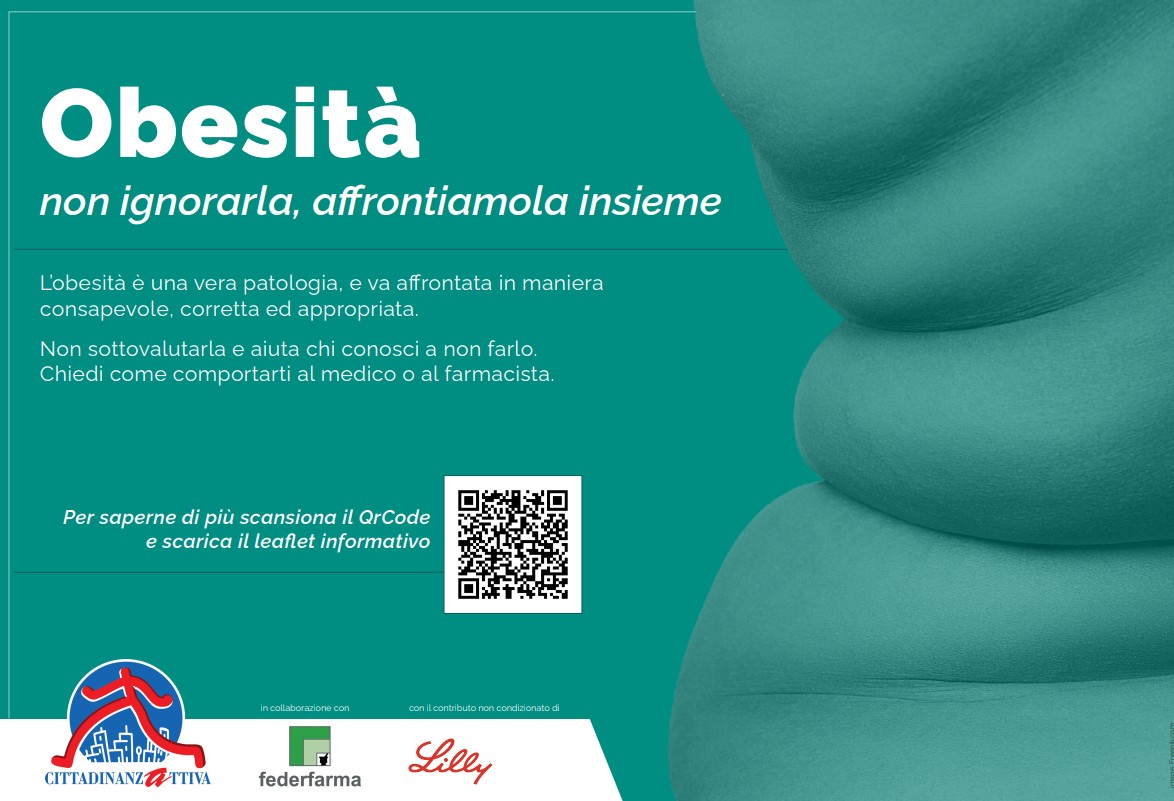ROMA (ITALPRESS) – Change the step of the prevention of cardiovascular diseases, also drawing on the resources of genomics and imaging, to package increasingly personalized, efficient prevention and intervention plans and able to intercept the risk, before it turns into disease. These are, in summary, the guiding principles of two major research projects on the primary prevention of cardiovascular diseases, the CV Prevital and the CVrisk-IT carried out by the IRCCS Cardiological Network, which also take part in the IRCCS Political Foundation and Catholic University of the Sacred Heart.
Projects that have the potential to rewrite the rules of primary prevention and that are more than ever necessary. Because cardiovascular pathologies are still in the first place in the Western world due to morbidity and mortality and it is necessary therefore to intercept them on the birth or even more early. In short, it is necessary to do more and better in primary prevention. The annual meeting of the Italian IRCCS Cardiological Network, entirely dedicated to the CVrisk-IT project, hosted this year on the Roman campus of Catholic University and Political Foundation Gemelli is an opportunity to take stock of these projects with the Cardiologists of the Department of Cardiovascular Sciences – Heart of Gemini.
“It is an important day for the Cardiological Network that is demonstrating a great vitality – recalls Professor Lorenzo Menicanti, president of the IRCCS Cardiological Network. This is the second meeting dedicated to the CVrisk-IT project, after the one held in Milan, while the next will be held in Sicily. Our Network is called to carry out a fundamental task for Italian health, which in the case of CVrisk-IT is that of prevention. This study will allow us to have a much deeper knowledge of what is the risk profile of the Italian population and its results will give to the Ministry of Health, of which the IRCCS Cardiologici are the ‘armed arm’, a series of indications able to influence the choices of health policy. But this is an important day for me also on the personal level: to find me here today, in the auditorium of the Catholic University of the Sacred Heart is a great emotion: 50 years ago I discussed my graduation thesis here.”.
“With the network of cardiological IRCCS, we recently concluded the CV Prevital project that has collected the data of 28 thousand subjects in Italy – recalls Giovanna Liuzzo, Associate Professor of Cardiovascular Medicine, Catholic University of the Sacred Heart and Director of UOSD Coronariche Acute Syndromes, Fondazione Policlinico Gemelli IRCCS -. The aim of the project was to take a picture of the cardiovascular risk in the modern Italian population; the data currently used in Italian risk cards, in fact, do not take into account how diagnostic and screening skills have evolved and, consequently, the possibilities for intervention and treatment. One of the objectives of this project is to provide new elements to update risk cards. The CV Prevital, which is an intervention study, used an element of digital health, an ‘App’ that establishes a contact with the patient, based on his risk profile to favor a change of his lifestyle, offering digital ‘nudges’. There has been an excellent response to the App’s reception by patients enrolled. We have completed the follow-up to a year and is currently running that at 5 years.”.
Always dedicated to the redefinition of the rules of primary cardiovascular prevention is also the CVrisk-IT project, carried out by the IRCCS Cardiological Network, which groups 20 structures (among them, Fondazione Policlinico Gemelli IRCCS), under mandate of the Ministry of Health. The object of this prospective study is once again the primary cardiovascular prevention. “ Patients are randomized at 4 different treatment arms: usual care according to guidelines; determination of polygenic risk; imaging (eco-doppler of carotids or the amount and distribution of calcium on coronary atac coronary coronary coronary, i.e. calcium score) or finally polygenic risk and imaging – explains Professor Liuzzo who is part of the steering committee of the CVrisk-IT project and co-responsible of Work Package 4 on the polygenic risk –.
Once all this additional information is obtained, resulting from the evaluation of polygenic risk and information borrowed from imaging studies, the patient may change his risk class; its cardiovascular risk is reclassified by incorporating these new elements. And this can lead to more or less aggressive modification of the indications on the prevention front: giving for example more stringent tips on changing lifestyles and prescribing perhaps more intensive therapies (e.g. with hypopolypemizer drugs). In short, the final output of CVrisk-IT will be a new definition and a restratification of the cardiovascular risk of Italians in key 3.0, which will also incorporate the polygenic risk and that resulting from imaging elements.
“In the hospital – says Professor Francesco Burzotta, Ordinary of Cardiology at the Catholic University and Director of the UOC of Cardiology of the Fondazione Policlinico Universitario Agostino Gemelli IRCCS – we are all focused on improving the care of patients already sick. However, research within networks of this magnitude allows us to analyze and intercept people’s health needs at a more early stage. Putting together groups of IRCCS so important from the point of view of the potential of care, spread throughout the national territory, can help us to offer more effective primary prevention. Unlike studies conducted by groups that join spontaneously, in the case of CVrisk-IT we have an extended cardiological network that allows us to acquire representative data of the entire national territory and to focus on a problem that cannot be intercepted with this depth in clinical practice at the level of individual structures. And as Gemelli we are honored to host the annual meeting of CVrisk-IT”.
“We are honored to host this year the annual meeting of the Italian IRCCS Cardiological Network – comments Professor Antonio Gasbarrini, Scientific Director of Fondazione Policlinico Gemelli IRCCS and Ordinary of Internal Medicine of the Catholic University of the Sacred Heart –. Projects such as CVrisk-IT exemplify the mission of our Institutes: put research at public health service, anticipating the risk of disease and building increasingly precise, personalized and effective prevention paths. The synergistic work of the excellences of the Cardiological Network of IRCCS, distributed throughout the national territory, allows us to generate solid, representative and immediately translated data in clinical practice. It is the added value of collaborative research: can really affect the welfare of the population, updating risk cards and defining new prevention standards 3.0′′′.
– Policlinico Gemelli print office photos –
(ITALPRESS).






